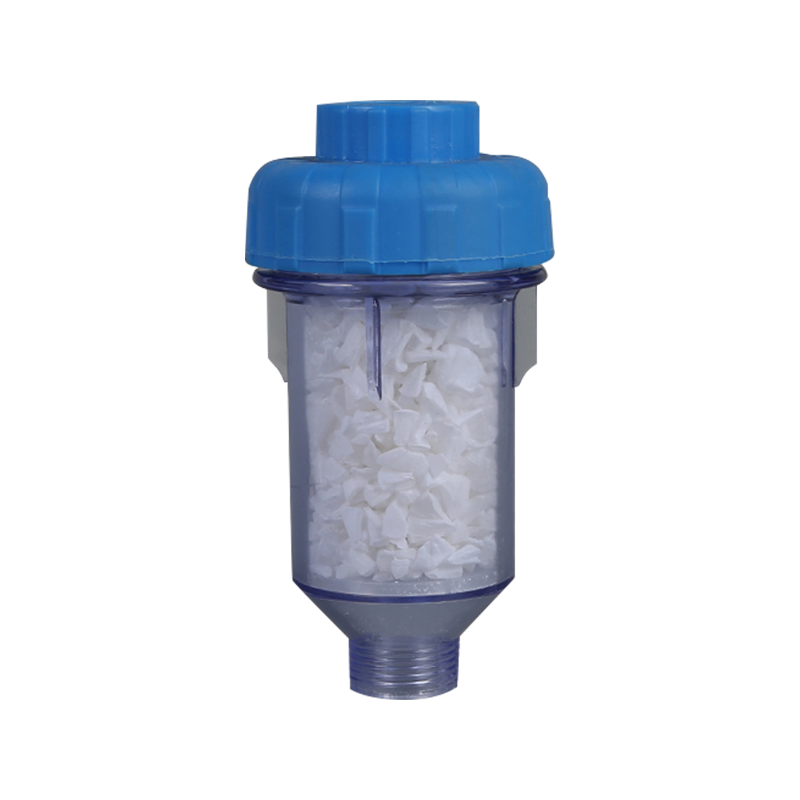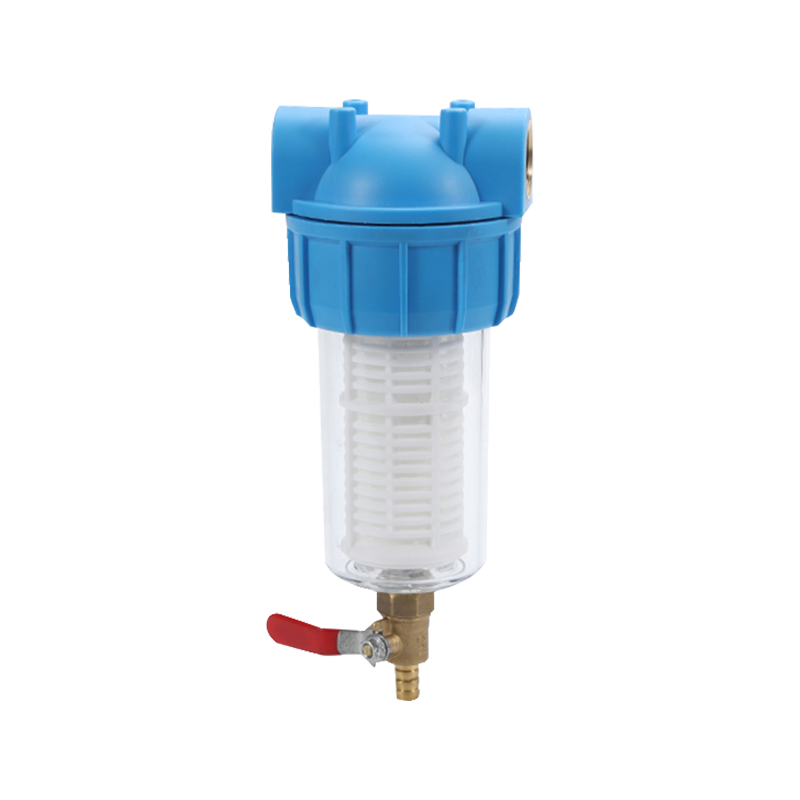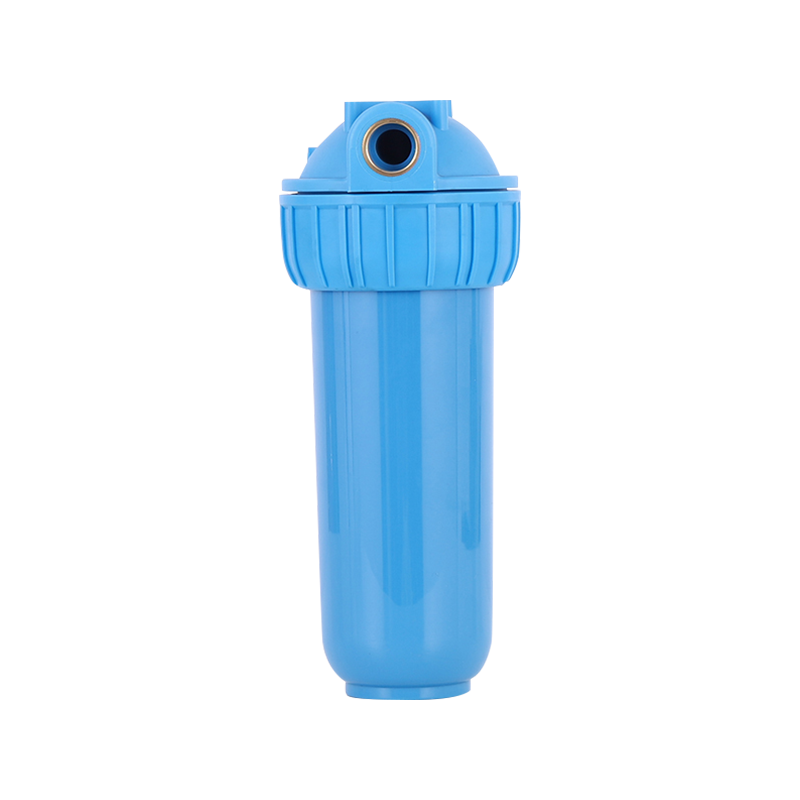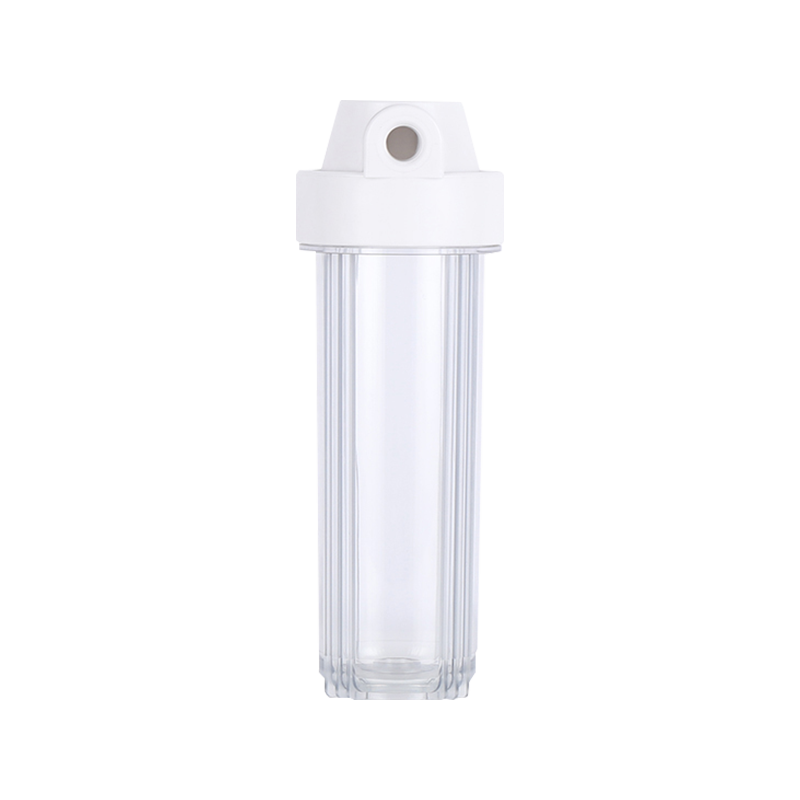The core highlight of this filter is its built-in silicone sheet filter layer. As a high-performance elastic material, silicone has high-temperature resistance, aging resistance, corrosion resistance,...
See Details [email protected]
[email protected] +86-18857088392
+86-18857088392 No. 1, Guihua 'an Road, Qinggang Xiaohu Family, Mushan Town, Yuyao , Zhejiang, CHINA
No. 1, Guihua 'an Road, Qinggang Xiaohu Family, Mushan Town, Yuyao , Zhejiang, CHINA
Household Water Filter Machine: A Complete Guide to Installation and Maintenance
Industry News-Clean and safe drinking water is essential in modern families. Although tap water is treated, it may still contain chlorine, heavy metals, bacteria and other contaminants. Home water purifiers can effectively filter out these harmful substances and provide healthy drinking water for you and your family. In order to ensure the best effect of the water purifier, correct installation and regular maintenance are essential.
1. Why Install a Household Water Filter Machine?
Health Importance
Although tap water is disinfected, it may still contain residual chlorine, heavy metals (such as lead and mercury), pesticide residues, bacteria and viruses. Long-term drinking of unpurified water will affect your health.
Common contaminants in tap water
For example, chlorine affects the taste and smell of water, heavy metals are toxic, and bacteria may cause gastrointestinal diseases.
Advantages of water purifiers
Water purifiers can remove most harmful substances, improve the taste, increase the safety of drinking water, and avoid bottled water waste and extra costs.
2. Types of Household Water Filter Machines
Activated carbon filter
Removes chlorine, odor and some organic matter through adsorption, simple maintenance and affordable price.
Reverse osmosis system (RO)
Uses semi-permeable membrane to remove dissolved solids, heavy metals, bacteria and viruses, with high filtration accuracy, but more wastewater, and more complicated installation and maintenance.
Ultraviolet purifier (UV)
Uses ultraviolet rays to kill bacteria and viruses without changing water quality, usually used in conjunction with other filtration systems.
Ceramic filter
Filters larger particles and some microorganisms, has a long service life, and is suitable for areas with good water quality.
Different types of water purifiers have different installation steps and maintenance requirements. When choosing, you should combine the water quality and needs of your home.
3. Step-by-Step Installation Guide
Tools and Materials Needed
Adjustable wrench, screwdriver
Teflon tape
Hose or connecting pipe
Bracket and fixings
Installation Steps
Close the main water valve to prevent water leakage during installation.
Choose a suitable installation location, usually near the kitchen sink or water dispenser, for easy use and maintenance.
Install the water purifier bracket to ensure stability.
Connect the water inlet pipe and wrap the threaded interface with Teflon tape to prevent water leakage.
Install the water purifier body and install the filter element and pipeline correctly according to the instructions.
Open the main water valve and check whether there is water leakage at all interfaces.
Rinse the water purifier before first use to remove residual impurities in the filter element to ensure pure water quality.
4. Maintenance Tips for Optimal Performance
Replace filter cartridges every 3-6 months, depending on the filter cartridge type and water quality, while reverse osmosis membranes may require 1-2 years.
Clean the filter cartridge housing and the outside of the device
Avoid dust accumulation and wipe with a damp cloth to prevent bacterial growth.
Observe changes in water flow and water quality
If the water output slows down or the taste is abnormal, the filter cartridge may be clogged or ineffective and needs to be replaced.
Disinfect water purification equipment regularly
Follow the manufacturer's instructions and use a special disinfectant to clean the pipes and filter housing to avoid secondary contamination.
Avoid direct sunlight
The water purifier should be placed away from direct sunlight or high temperature to prevent aging of plastic parts.
5. Safety Precautions
Keep your hands clean when replacing the filter cartridge to avoid contaminating the filter cartridge.
Do not mix filters of different brands to avoid affecting the filtering effect.
Discarded filters should be handled in accordance with local regulations to prevent environmental pollution.
Please close the main water valve during installation to avoid water leakage accidents.
Ensure that the installation is secure to avoid leaks caused by loose pipes.
6. Frequently Asked Questions (FAQs)
Can I install the water purifier myself?
Most home water purifiers are designed to be easy for users to install by themselves, but if you encounter complex pipes, it is recommended to ask a professional.
How often should the filter element be replaced?
It is recommended to replace ordinary activated carbon filters every 3-6 months and RO membranes every 1-2 years. Please refer to the manual for details.
Can the water purifier filter all pollutants?
Different water purifiers have different filtering capabilities. Some heavy metals and chemicals may require high-end equipment.
Can the water be drunk immediately after installation?
It is recommended to rinse the filter element for a few minutes after the first installation or replacement to ensure that all impurities in the filter element are removed before drinking.

 English
English русский
русский Español
Español عربى
عربى 中文简体
中文简体
 >
> >
> >
> >
> >
> >
> >
> >
>
